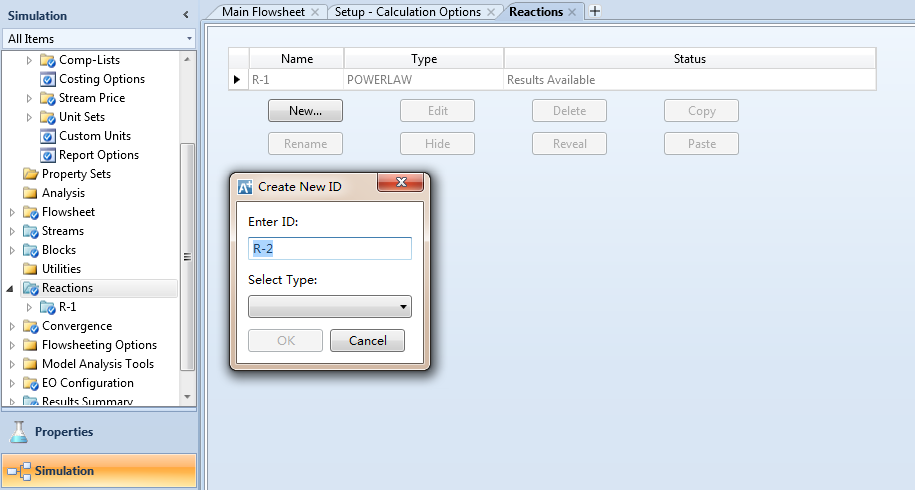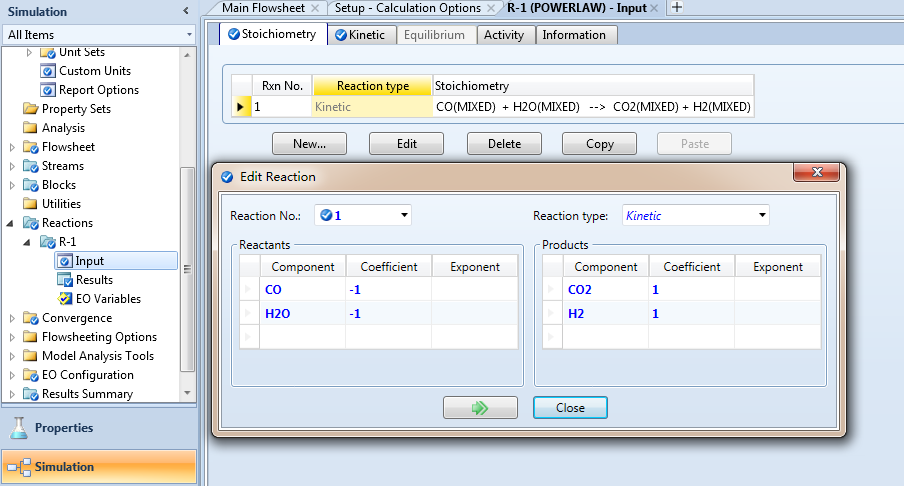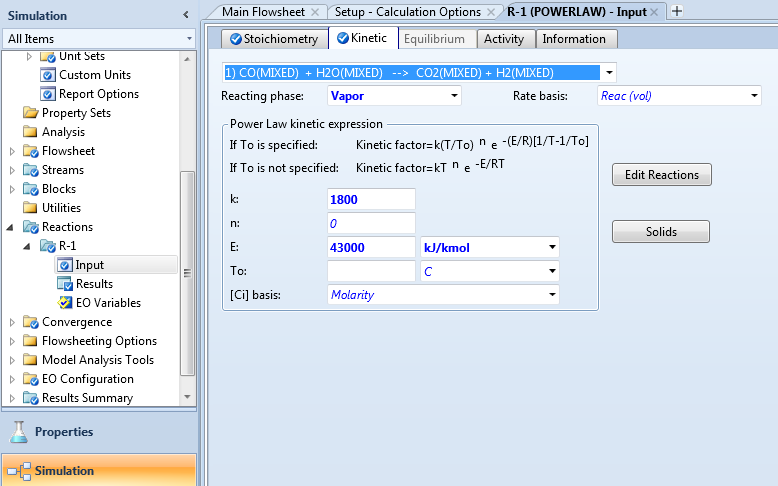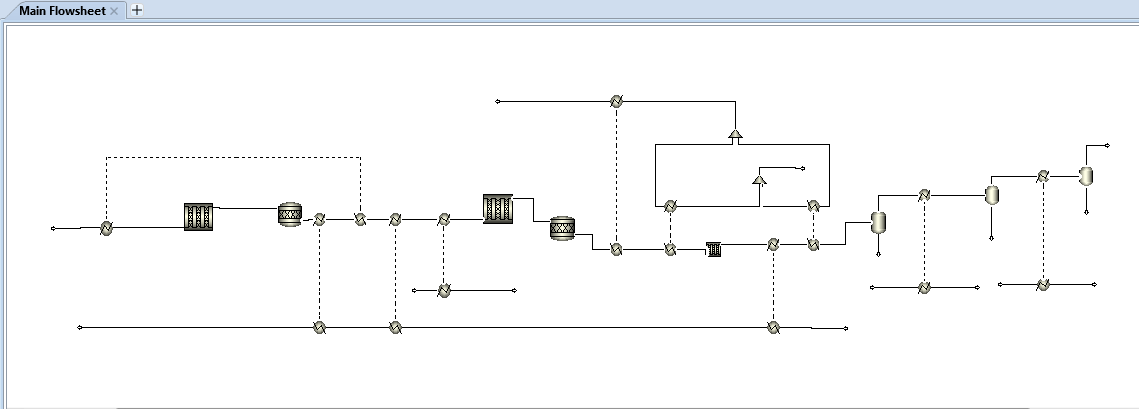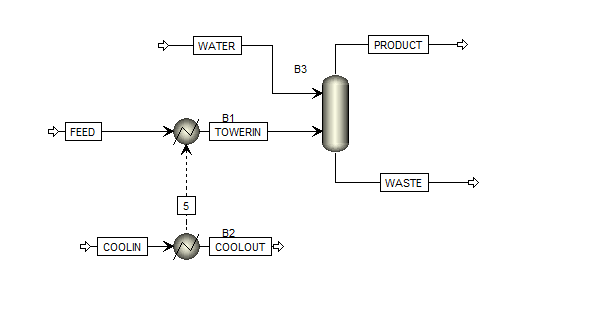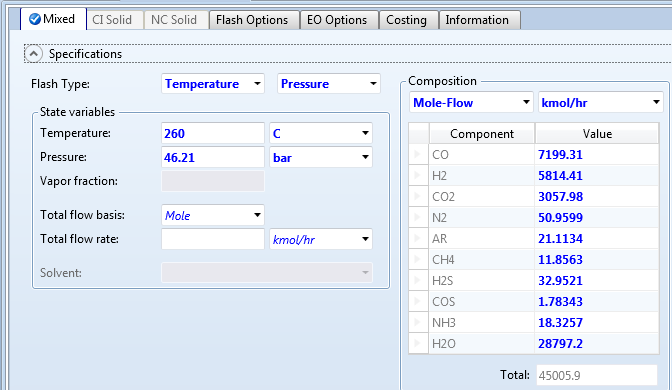CO变换设计毕业论文
2020-05-18 21:17:26
摘 要
WGS系统主要应用于煤化工领域,例如在合成氨和甲醇等煤化工的产品生产中。CO变换系统既是原料气的制造装置,也是原料气的净化装置,在变换生产的过程中需要消耗大量的水蒸气。本课题研究的内容是WGS单元,设计目标是:在全低温条件下,降低工艺气中CO的含量,充分利用系统中的余热让流程循环,使整个工艺能量利用更合理。设计过程中采用软件Aspen Plus对全流程进行模拟获得相关工艺数据。查询化工工艺手册,根据相关原理及一定的原则,使用Exchanger Design and Rating对换热器进行具体计算,获得换热器设计的详细外形尺寸数据。使用AutoCAD软件绘制了PFD图、PID图和车间平立面布置图。
关键词:WGS 全低温 Aspen Plus模拟
Preliminary design of 200kt/a CO transformation
Abstract
CO transformation system is mainly used in the field of coal chemical industry, for example, in the production of synthetic ammonia and methanol and other coal chemical products. CO transformation system is applied for the production of raw materials, also performs as the purification device of the raw gas, a large amount of water vapor is required in the process of production, and water vapor is the main reason of energy consumption. The theme of this research is CO conversion unit, and the designing goal is: reducing the content of CO in the process gas under the low temperature condition, making full use of waste heat system by cycling streams and rational utilization of the entire process energy. Aspen Plus software was applied to simulate the whole process to obtain the related process data The designing process was performed according to related chemical process handbooks and relevant principles and certain principles, concrete calculation was carried out on EDR software to obtain specific shapes of heat exchangers. AutoCAD software was appied for draw PFD diagrams, PID diagrams and workshop floor plans.
Key words: CO transformation; low temperature process; Aspen Plus simulation
目录
摘要 I
Abstract II
第一章 文献综述 1
1.1课题提出背景 1
1.2 基本内容与原理 1
1.2.1 WGS机理 1
1.2.2 影响变换反应的化学平衡的几种因素 2
1.3 WGS催化剂 3
1.3.1 高温变换催化剂 3
1.3.2 低温变换催化剂 4
1.3.3 耐硫变换催化剂 5
1.4 WGS工艺 6
1.5 小结 7
第二章 WGS工艺设计及计算 8
2.1 Aspen Plus流程模拟 8
2.1.1 全局性参数设置及物性方法 8
2.1.2流程概述 11
2.2全流程模拟参数设置 12
2.2.1进料流股设置 12
2.2.3闪蒸罐参数设置 14
2.2.4洗涤塔参数设置 15
第三章 物料和能量核算 20
3.1物料核算 20
3.2能量核算 23
第四章 设备设计及选型 24
4.1换热器设计及选型 24
4.2闪蒸罐的设计与计算 26
第五章 车间设备布置设计 29
5.1车间布置设计概述 29
5.2车间布置图 29
参考文献 32
致谢 34
第一章 文献综述
1.1课题提出背景
WGS(Water Gas shift)过程是合成氨的原料气的净化过程,同时也是原料气制氢过程的继续 。因此,WGS是合成氨生产过程中一个至关重要的环节。而变换过程的技术水平提高主要向着高效节能的方向去努力 ,力求节省投资和公用工程能耗[1],使得“余热”能够合理利用,并且能在不增加蒸汽消耗的同时,来达到更高的变换率 。
近年来WGS的换热网络越来越受到各个合成氨厂和设计单位的重视,采用了各种各样的回收方法,都取得了比较良好的效果,对合成氨生产的降低能耗起到了一定的作用。
1.2 基本内容与原理
1.2.1 WGS机理
CO与水蒸气在催化剂上进行变换反应,生产和CO2。由于可以调解CO和H2在合成气中的比例,在合成甲醇和合成氨生产中大量使用,用于满足不同的工艺要求。这一反应也同时大量用于制氢工业中。城市煤气对于CO的含量有不同要求,所以也使用变换装置,来改变CO在煤气中的含量。变换后的煤气中,CO含量可以降低至2~4%。
在催化剂的作用下,且在略高于催化剂起始活性温度条件时,CO和水蒸汽发生反应,将CO转化为H2和CO2。其化学反应式为:

相关图片展示:

